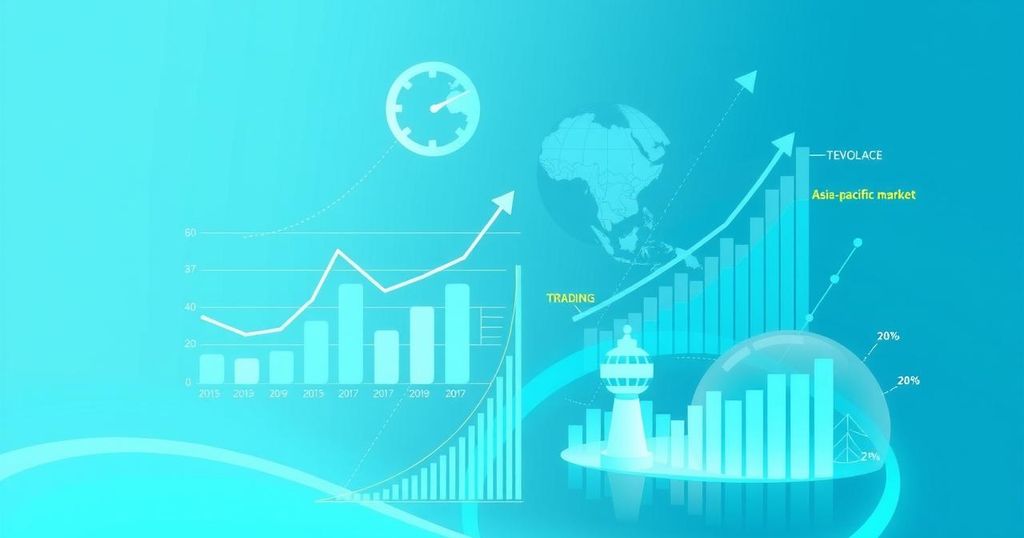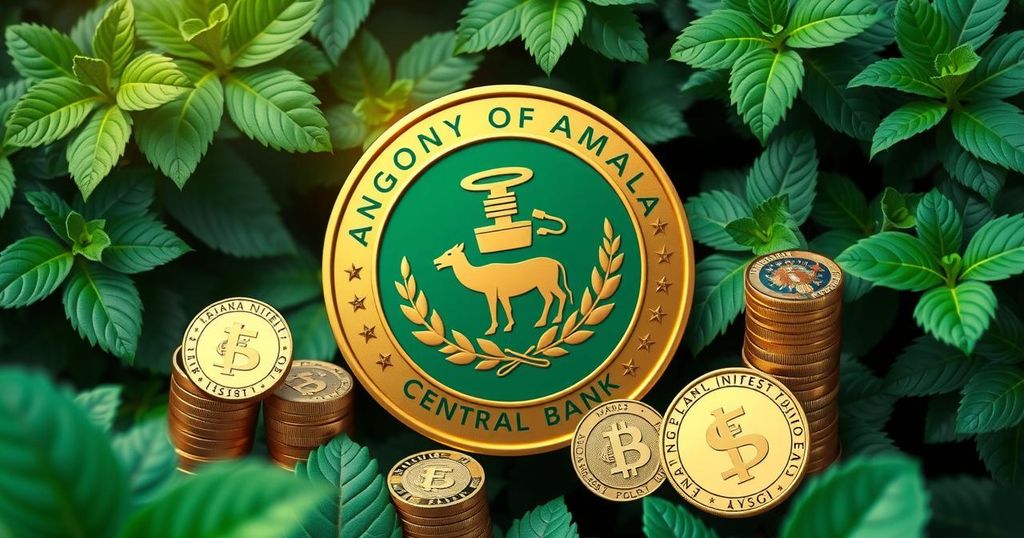Nigeria’s Central Bank Navigates High-Stakes Economic Transformation
Nigeria’s Central Bank is implementing aggressive reforms under Governor Olayemi Cardoso, transitioning from a historically interventionist approach to more orthodox monetary policies. These changes aim to control rampant inflation and stabilize the economy, though initial outcomes show mixed results, including increased borrowing costs and slowed GDP growth. The path ahead requires structural reforms to ensure sustainable recovery and long-term growth.
Nigeria is currently facing a monumental economic transformation, spearheaded by the Central Bank of Nigeria (CBN) under the leadership of Governor Olayemi Cardoso, who was appointed in September 2023. This transformation, often described as bold and painful, marks a significant departure from previous strategies. The CBN is moving towards orthodox monetary control, aiming to recalibrate the economy away from years of unorthodox interventions and expansive financial policies.
This shift comes at a challenging time marked by high inflation, a weak currency, and structural issues within the economy. Advocates of these reforms contend that, while immediate impacts may be difficult, they could potentially pave the way for long-term stability and higher investor confidence in Africa’s largest economy. Indeed, the CBN is facing economic weather that is anything but calm, yet there seems to be light ahead, albeit faintly.
For nearly a decade prior to Cardoso’s appointment, the former governor, Godwin Emefiele, adopted an interventionist approach that often conflated monetary and fiscal responsibilities. This new administration, however, is starting to clarify those lines. In an early statement for 2024, Cardoso proclaimed, “Monetary policy is necessary but not sufficient,” indicating a commitment to tighter policies, transparency, and data-driven decision-making.
This commitment became evident with an aggressive rise in the Monetary Policy Rate, jumping from 18.75 percent to 24.75 percent within just two months. This drastic increase aimed to fend off inflation, which soared to a staggering 33.69 percent by April—the highest in three decades. Alongside this, the Cash Reserve Ratio was elevated to 45 percent, ranking among the highest globally, acting as a stringent liquidity control measure.
The root causes of Nigeria’s inflation crisis are multidimensional. Ongoing insecurity in key agricultural zones has severely hampered food production, pushing food inflation rates up to 40.53 percent. Moreover, the long-anticipated removal of fuel subsidies in May 2023 contributed to surging transportation costs, exacerbating the struggle for everyday Nigerians.
Perhaps the most notable reform was the unification of the multiple exchange rate systems in June 2023. This long-debated change led to a significant depreciation of the naira, falling from N460 to over N1,300 against the U.S. dollar by April 2024. As of May 2025, reports show that the naira stands at about N1,638 per dollar. The CBN has also stepped back from being the dominant foreign exchange provider, allowing market mechanisms to play a larger role, which analysts believe has begun to stabilize the economy.
On the communication front, Cardoso’s administration has introduced a more transparent strategy. The CBN is now holding detailed quarterly Monetary Policy Committee meetings followed by media briefings—something not typically seen before. There is also a concerted effort to better align monetary policies with fiscal strategies, aiming to reduce budget deficits and attract foreign investments.
However, there is recognition of the limitations of monetary policy. Cardoso acknowledged that “Monetary policy alone cannot resolve inflation driven by structural issues,” a sentiment echoed by economists who caution against raising interest rates without concurrent reforms in security and infrastructure.
In January 2024, the CBN launched a substantial recapitalisation initiative for banks, mandating increases in their minimum capital levels. This move is intended to buffer against future shocks and make Nigerian banks competitive on a global scale. The CBN has also expanded regulations within the fintech sector, implementing new measures to mitigate systemic risks in the digital financial landscape.
The early outcomes of these sweeping reforms present a mixed bag. On the positive side, policy credibility is being restored while distortions are being eliminated. The elimination of a $7 billion foreign exchange backlog and stabilization of external reserves around $33 to $34 billion provide some optimism. Conversely, the societal and economic costs have been significant—borrowing costs have skyrocketed, private sector credit has tightened, and the nation’s GDP growth has decelerated.
In the first quarter of 2024, GDP growth slowed to 2.31 percent, down from 3.46 percent in the last quarter of 2023. This is troubling, particularly given that the population is growing at a rate of 2.5 percent, hinting at an increase in poverty levels among Nigerians. While the CBN is making strides, the success of their policies is contingent upon the implementation of comprehensive structural reforms.
Looking ahead, improvements in agricultural productivity, infrastructural advancements, increased oil output, and fiscal discipline will be vital to preventing stagnation. International observers have expressed cautious optimism. One senior economist at the IMF stated, “Nigeria is doing the hard work now,” indicating that success relies on steady commitment and political resolve moving forward.
The coming year will be a litmus test for Cardoso’s reforms, which aim to strike a delicate balance between returning to macroeconomic stability and avoiding significant economic downturns. “Nigeria’s path is not linear,” Cardoso commented recently, suggesting a tumultuous yet hopeful future ahead. As Nigeria reshapes its economic foundations, the ultimate measure of success will not merely be in numbers, but in the real economic outcomes for the citizens.
In summary, Nigeria’s Central Bank is undergoing a crucial transformation under Governor Olayemi Cardoso, focusing on austerity measures and clearer monetary policies. While these reforms show initial success in stabilizing certain economic indicators, they have also resulted in increased borrowing costs and slowed GDP growth. The broader impact on Nigerian citizens remains to be seen, and sustained reforms will be necessary to promote long-term economic recovery and growth. Observers are hopeful, yet cautious about what this path holds for the economy and its people.
Original Source: punchng.com




Post Comment